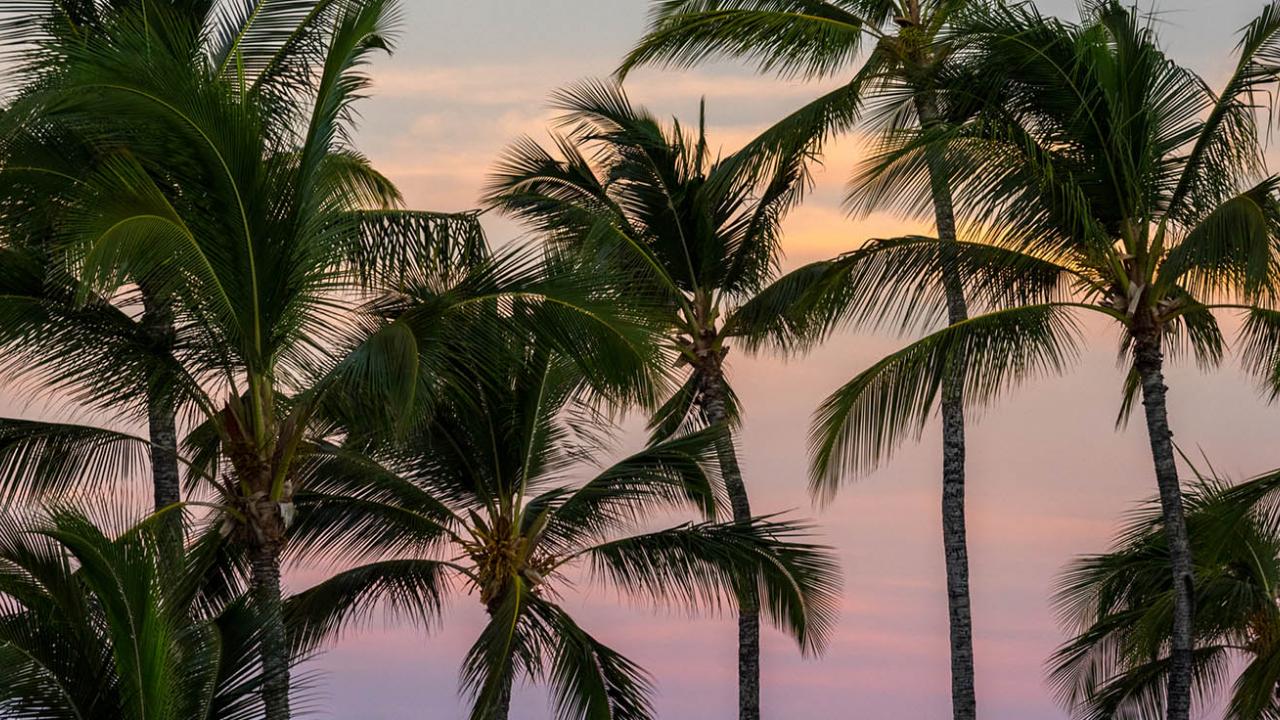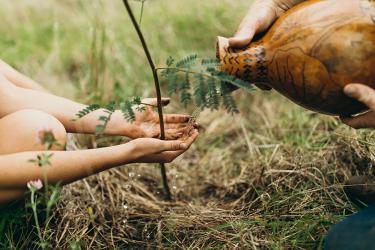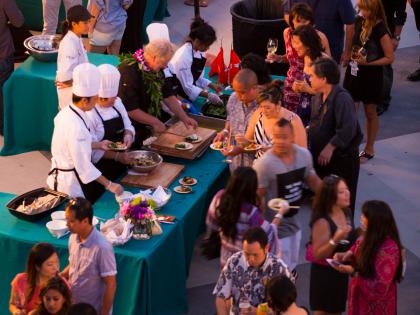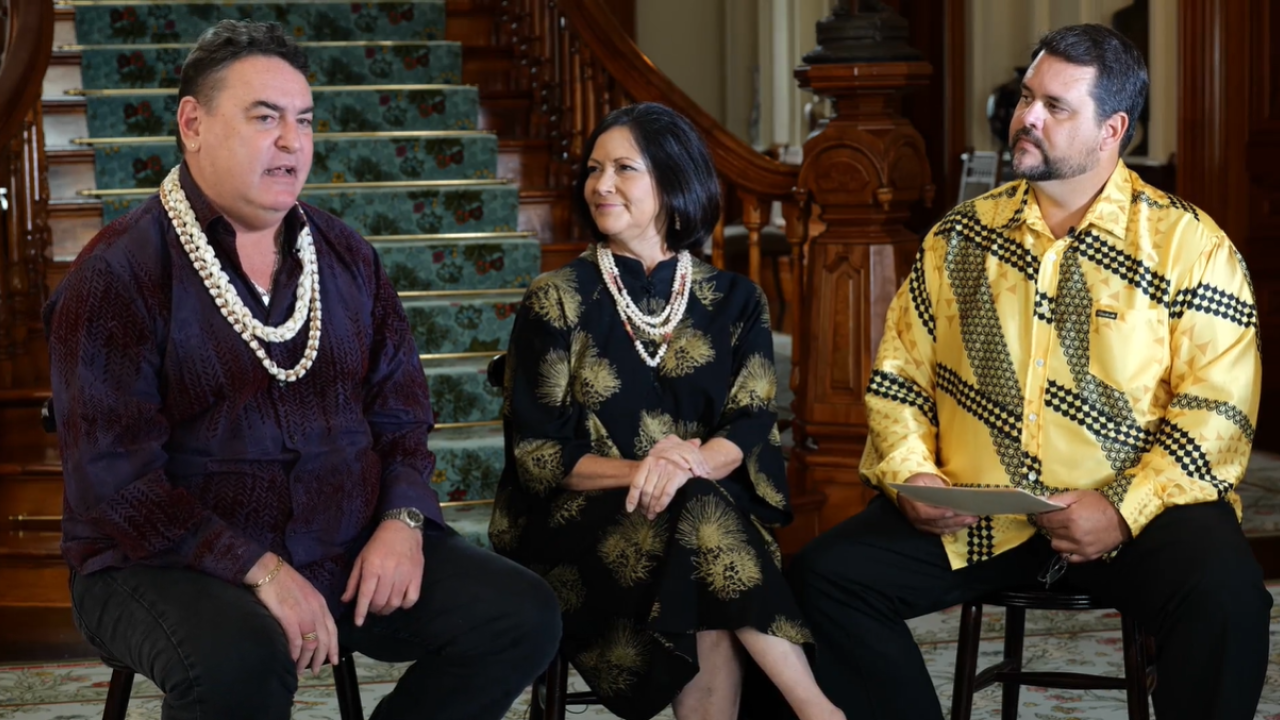Your Guide to Multigenerational Travel
Your Guide to Multigenerational Travel
Planning a family trip across generations in Hawaiʻi is a recipe for unforgettable memories. With something special for everyone—sun-kissed beaches, lush rainforests and vibrant melting pot of cultures —the Islands are a paradise where families can come together, relax, explore and create connections.
For family-friendly resorts with amenities and activities for all ages, Maui can be an ideal choice. Spend a morning on the beach, where little ones can play in the sand while grandparents relax and soak up the sun. If you have adventurers in the family, head to the Hawaiʻi Island, where Hawaiʻi Volcanoes National Park provides a breathtaking opportunity to witness the island’s source of creation, or take a scenic drive to experience its diverse landscapes. For a mix of vibrant city life and scenic escapes, explore Oʻahu. Visit historic landmarks, like ‘Iolani Palace or Pearl Harbor, and cap off your day by learning to surf in the iconic waves of Waikīkī. If you’re seeking a slower pace, Kauaʻi is ideal for families wanting to relax amidst lush green valleys and breathtaking coastlines. Explore the stunning landscapes of Waimea Canyon or take a boat tour along the Nā Pali Coast, offering views that captivate the whole family.
Balance group activities with downtime, so everyone can enjoy at their own pace. Here in Hawai‘i, family travel is about savoring the beauty around you, cherishing time together and connecting in a place that truly feels like home.
6 Artsy Hawai‘i Towns You Need to Visit
6 Artsy Hawai‘i Towns You Need to Visit
Hawaiʻi is more than its natural beauty—it’s a place where creativity thrives in local art, intentional murals and charming galleries. Here are six artsy towns that offer a peek into the Islands’ vibrant art scene, each a unique canvas for Hawaiʻi’s diverse creative expression:
- Hanapepe (Kaua‘i): This wonderful town is known as “Kauaʻi’s Biggest Little Town." Art galleries line the street, and it's a great spot for daytime shopping and exploration.
- Kaka‘ako (O‘ahu): This trendy neighborhood is practically an outdoor gallery, with bold murals decorating every wall and pop-up galleries bringing the community together to celebrate local talent.
- Wailuku (Maui): Visit Wailuku and explore the charming eclectic storefronts and art shops around Market Street. Walking the streets, you’ll notice stunning murals that celebrate the distinctive sense of place, history and culture.
- Pāʻia (Maui): Just four miles into your drive to Hāna from Kahului, Pāʻia is a colorful, rustic town filled with local art galleries, one-of-a-kind shopping boutiques and restaurants.
- Hōlualoa (Hawai‘i Island): Nestled among the cool slopes of Huālalai Volcano, Hōlualoa welcomes you to its eclectic mix of studios along the scenic Kona Coffee Belt. Here, artists inspired by the island’s landscapes create everything from paintings to handcrafted jewelry.
Taking Hawaiʻi Vacations to New Heights
Taking Hawaiʻi Vacations to New Heights
- Botanical World Adventures (island of Hawaiʻi)
- CLIMB Works Keana Farms (Oʻahu)
- Hawaiʻi Forest & Trail (island of Hawaiʻi)
- Kapalua Ziplines (Maui)
- Kōloa Zipline (Kauaʻi)
- Kuaola Private Nature Reserve (Oʻahu)
- Outfitters Kauaʻi (Kauaʻi)
- Skyline Hawaiʻi (Maui)
- Umauma Experience (island of Hawaiʻi)











